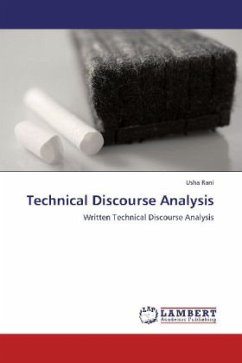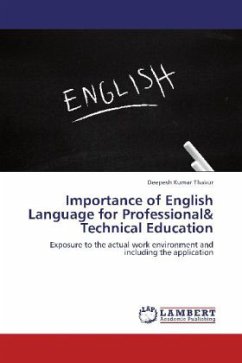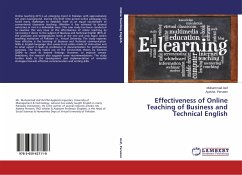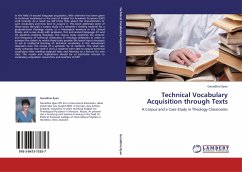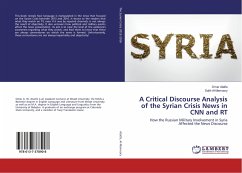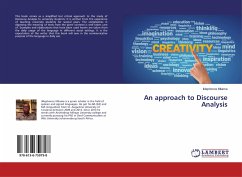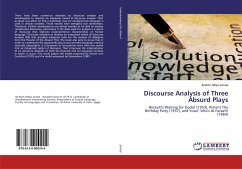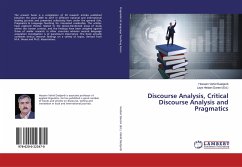The written output of Engineering students , particularly from vernacular medium of instruction is ridden with errors.An analysis of the discourse errors will not only provide significant insights into the specific areas of language use that impede their communication but will also help the teachers identify what areas of language use they have mastered. The process of making the learners overcome their inadequacies can be better tackled with a knowledge of learners strengths. Abstract The first chapter is introductory in nature. It traces the ELT scenario in India , particularly in the state of Tamilnadu, discusses the learners level of linguistic ability, and fixes the problem chosen for study in the ELT context of engineering education. The second chapter presents a review of the related literature and presents the methodlogy of the Discourse analysis approach . The third chapter presents the frameworks adopted for the Analysis of cohesion and coherence errors respectively. Italso reports the pilot study undertaken to decide on the kind of data to be collected .Fourth and Fifth Chapters present an analysis of the cohesion and coherence errors .
Bitte wählen Sie Ihr Anliegen aus.
Rechnungen
Retourenschein anfordern
Bestellstatus
Storno

